We talk with Jessie Seitz and Marcus Koch about their upcoming documentary “Beyond Horror” — exploring the history and impact of extreme horror films.
I am most certainly a fan of extreme horror, so when I learned filmmakers Jessie Seitz (Devotion) and Marcus Koch (AGP: Bloodshock) were teaming up to create a new documentary highlighting this provocative sub-genre, I became very interested. The two have worked on countless indie productions in capacities ranging from fx artist, director and writer. Koch and Seitz both share an affinity for blood, guts and the type of films many would shy away from, making this almost an inevitable and exciting collaboration.
They definitely stayed within their wheelhouse on this one, and I couldn’t be happier. A few months ago, the pair introduced their brand spanking new documentary production company, 93/93 Pictures, and this project, entitled Beyond Horror: The History And Sub-Culture Of Red Films, will be their passionate documentary debut. I was fortunate enough to ask the two some questions about this project and what us extreme horror fans can expect.
INTERVIEW WITH MARCUS KOCH AND JESSIE SEITZ
1. When was the deal sealed between you two, to commit to this project?
Jessie: We had been wanting to collaborate on something together for awhile and started bouncing ideas off each other. We’re the type of people who love researching things just for fun and have a slight obsession with strange history books and documentaries. We also both have a strong background in underground cinema and got to thinking about how there really hasn’t been a history of extreme cinema ever produced. That inspired us to create our own documentary.
Marcus: We both travel extensively for work on underground and independent films, and are always around other filmmakers also involved in the underground horror scene, so it seemed a natural progression to do a documentary as we go. To my knowledge, no one has ever delved into extreme cinema. There are definitely a few great documentaries on indie cinema, but nothing that really digs deep into the most extreme films, the RED Films.
2. How did you select the name for your production company, 93 / 93 Pictures? Is there a significance to it?
Marcus: There actually is a significance to it. It is a philosophy, of which both Jessie and I share. Those who know understand it. Not to be too cryptic, but I think that’s what we liked about it.
3. What is it about extreme and exploitation cinema that makes it so appealing to you?
Jessie: Both extreme and exploitation cinema are very near to my heart because a large majority of these films helped me to deal with trauma I had experienced in the past. I think there’s this weird tendency with traditional narrative films (some horror included in this) to gloss over hard issues like sexual and mental abuse. Extreme cinema can act as a breath of fresh air because it is actually being honest with the audience and provides a way to really confront some shit within yourself. As over the top as it might sound, I think you should actually feel something when you take in an artistic medium. Feeling ugly and scary emotions isn’t a bad thing if it is coming from a place of truth.
Marcus: I’ve always gravitated towards the gorier side of horror. Growing up watching slashers and body horror was what led me to become a special effects artist, once I learned you can actually do that as a real occupation. I wanted to learn the FX side of things — how to make the blood the guts and the gore, and how to make things look as real and disgusting as possible (most times on a non existent budget). So for me, I was always seeking out horror with insane amounts of graphic FX work to see what could top the last thing I saw. It’s like roller coasters, you’re always looking for the bigger scarier ride to go on.
4. What do you both hope to accomplish with this documentary? What are some of the questions and topics you wish to explore?
Marcus: It’s a very broad road that predates film, but we are aiming more at the fascination of violence throughout history. Why do we, as a human race, tend to be drawn to awful tragic situations? Why did we gather to watch public hangings? Why do we slow down to look at car accidents? There is some need to witness this stuff, and I think that holds true with extreme film. It’s a way to view our own mortality from a safe distance.
Jessie: I think we would also like to show that these films are a part of some people’s day to day lives, either as viewers or creators. It might surprise some people watching the documentary to learn just how normal and well-adjusted people who are drawn to these films really are. Another discussion point that keeps coming up that both Marcus and I are interested in highlighting is the question of why extreme/exploitation are looked down upon and banned, while documentaries on serial killers are considered socially acceptable forms of entertainment?
5. Is there going to be a crowdfunding campaign for Beyond Horror at all, or will it be completed and then sold to the rabid masses of gore hounds?
Jessie: We’re actually still calculating that step. What we’ve found (that kinda surprised us) was that people who wouldn’t normally watch these movies are still interested in learning the history of the films. We’re looking into the best way to present the finished project so that it reaches a wide audience.
Marcus: I don’t think we’ll do an upfront campaign. We are all ready in motion on things. But we may do a crowdfunder once we complete the Doc to help offset manufacturing and printing costs. Our first goal, however, is to get this screened at festivals and see where it takes us, before going to distribution.
6. You’re at Cinema Wasteland Cleveland, Ohio) this weekend. Any other destinations in mind for interviews and footage? Do you have a tentative release date yet?
Marcus: Tentatively, we are aiming to have everything finished for film fest submissions by early September. After Cinema Wasteland, we have a few other film fests and conventions we are hitting to meet with other filmmakers around the country: Texas Frightmare weekend, Days of the Dead Las Vegas, and Chattanooga Films Fest. And possibly a few others on the east coast.
7. Finally, what was your ‘gateway film’ that made you seek out the more taboo, extreme varieties of horror?
Jessie: Last House On The Left was my first. In hindsight, I was pretty young when I saw it, but I don’t think that was a bad thing! I remember picking up all the classics after that and just spending hours in my parent’s basement immersed in this new world. Nothing was too taboo or off the table in those days. At some point in those years marathoning these films, I thought, “Shit, I could do this!” And that’s how I started working on films.
Marcus: I was raised on horror movies and was allowed to watch pretty much anything. So I also saw films like I Spit on Your Grave, The Prowler, and The Last House on the Left at probably too young of an age. But I always knew they were just movies. It’s all make believe. None of it is real, and no one was getting hurt. I also knew early on that these were the films I’d like to be working on. I wanted to work with directors who were looking to take movies to the next level.


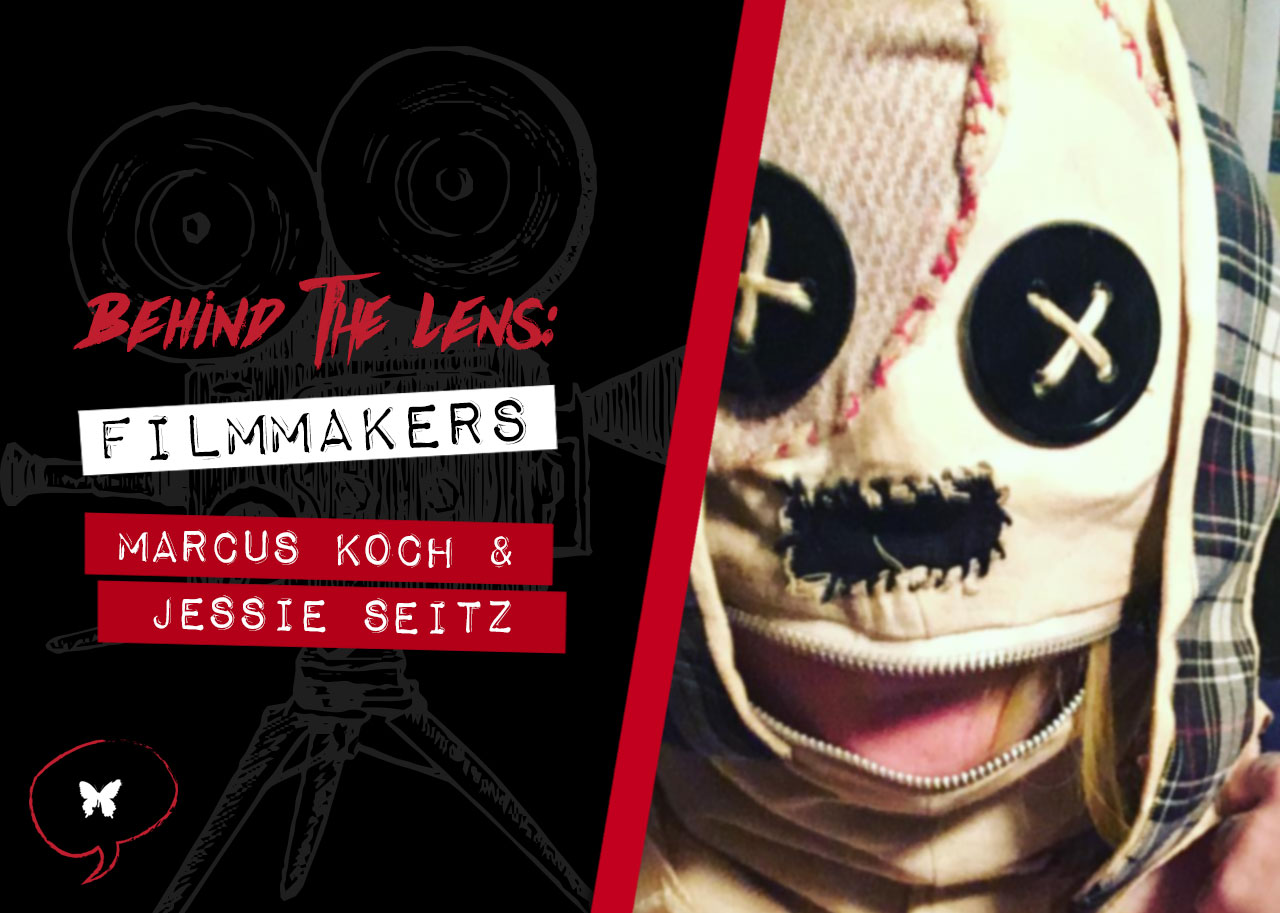
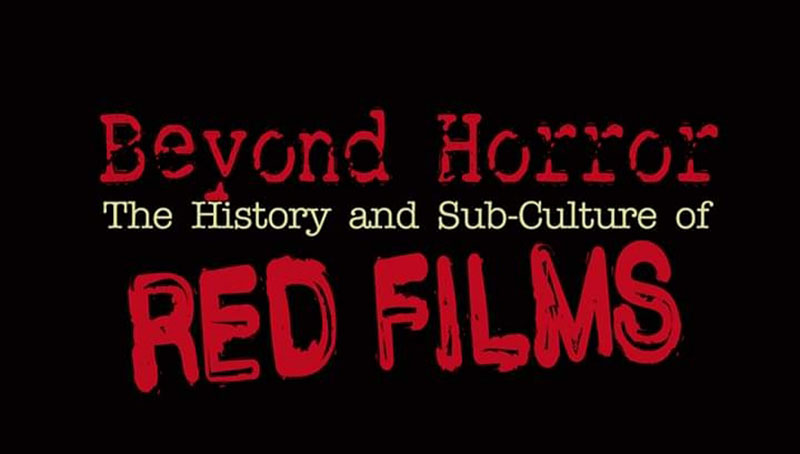
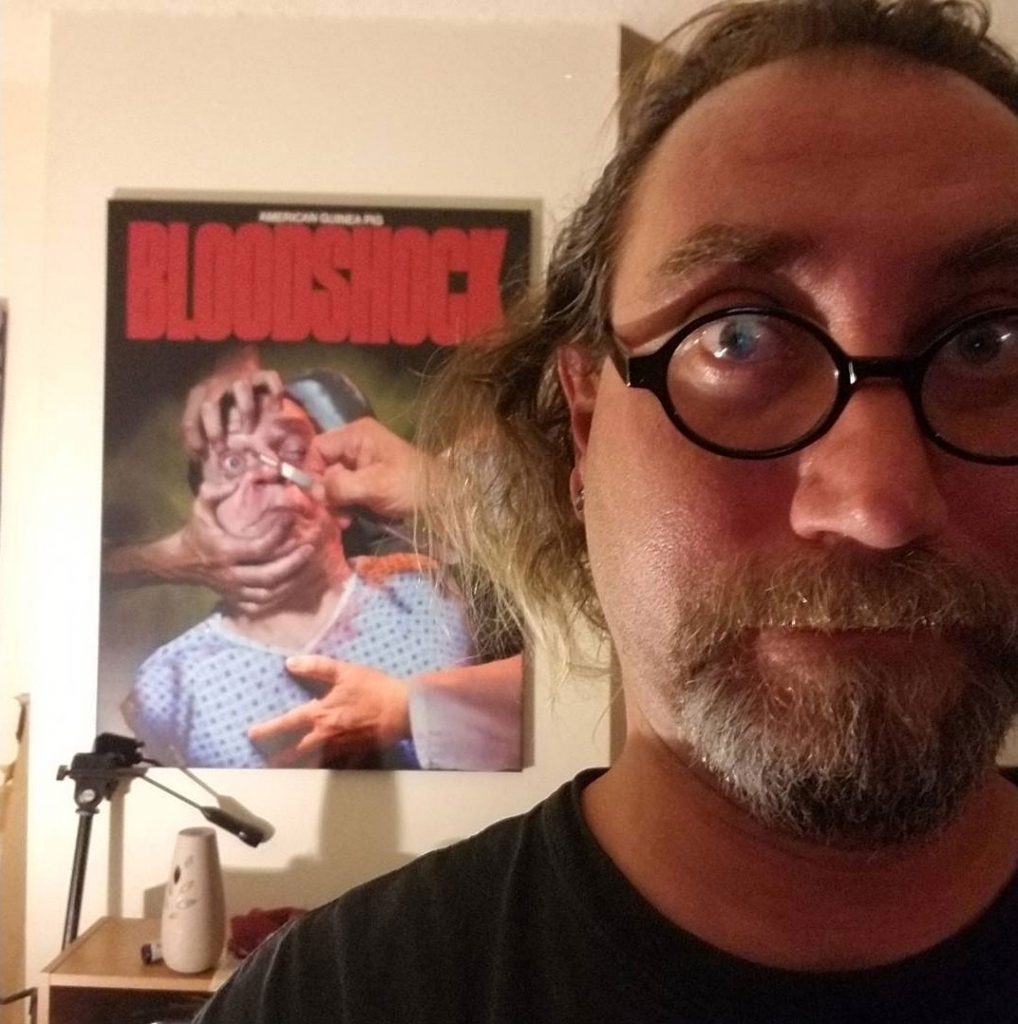
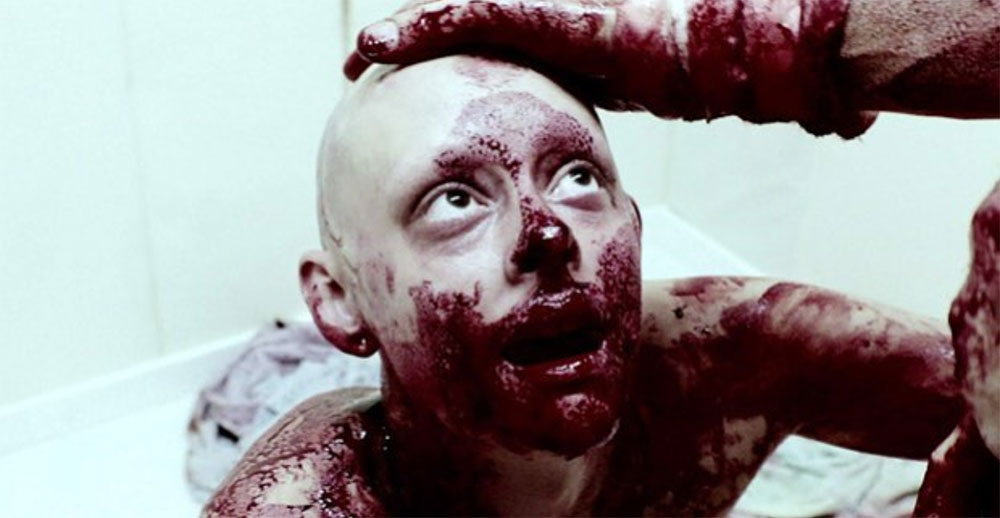
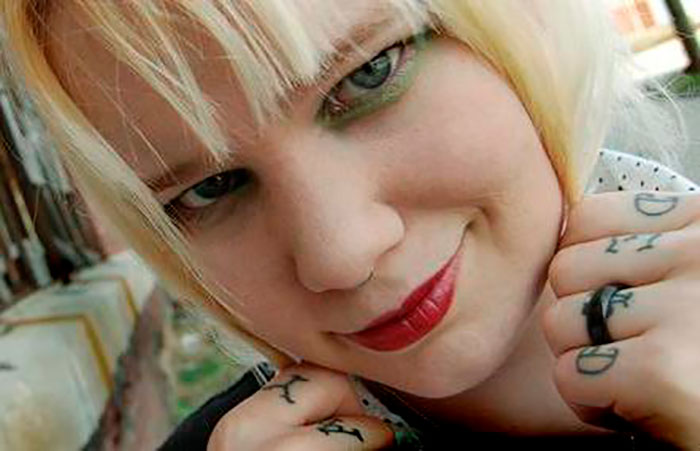
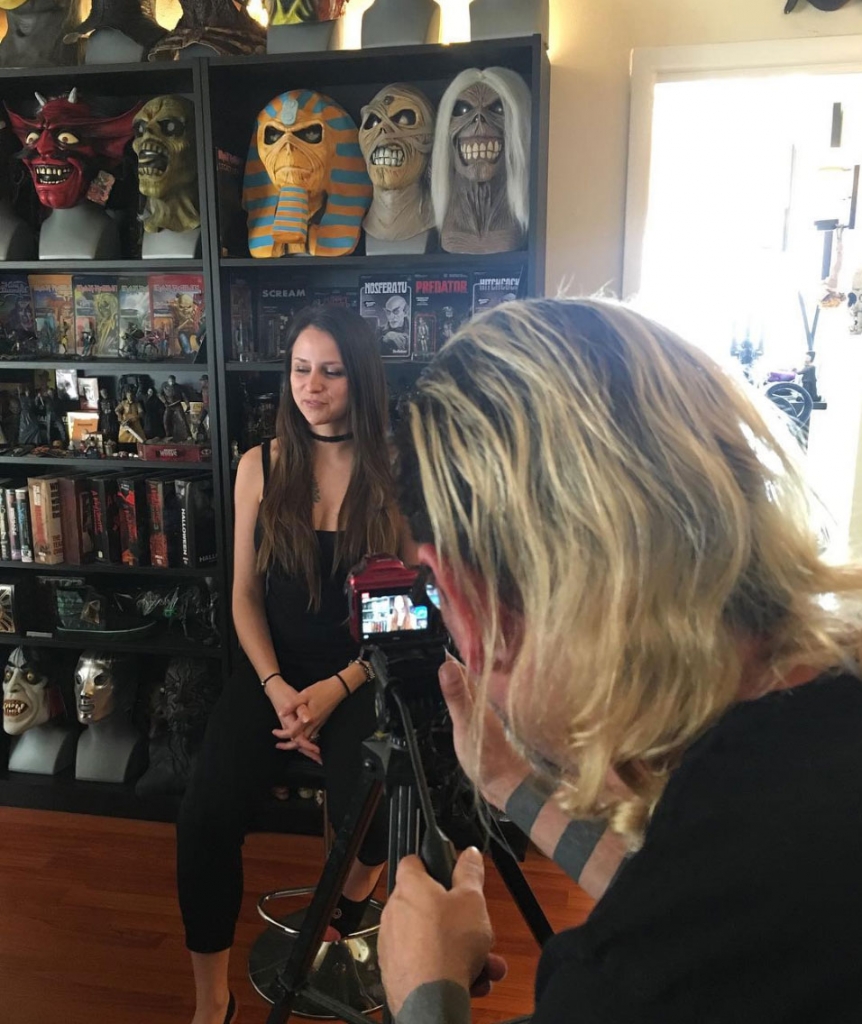
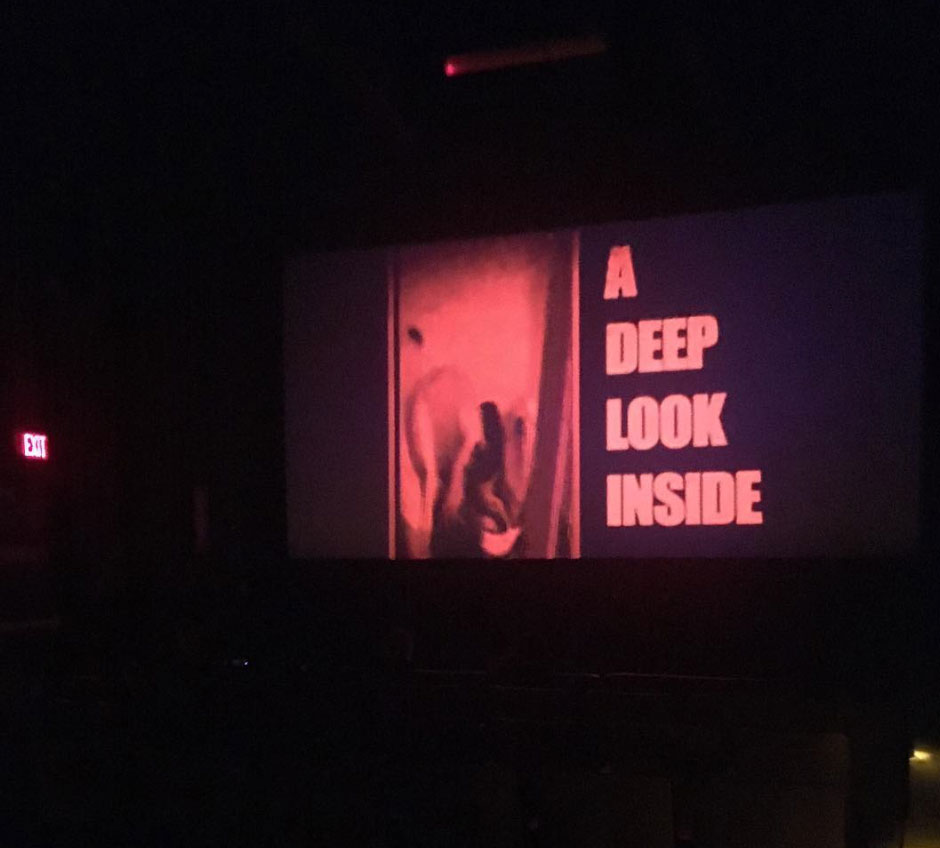



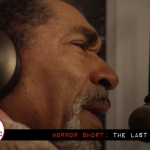
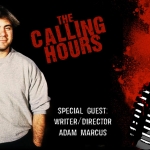





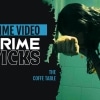


Follow Us!